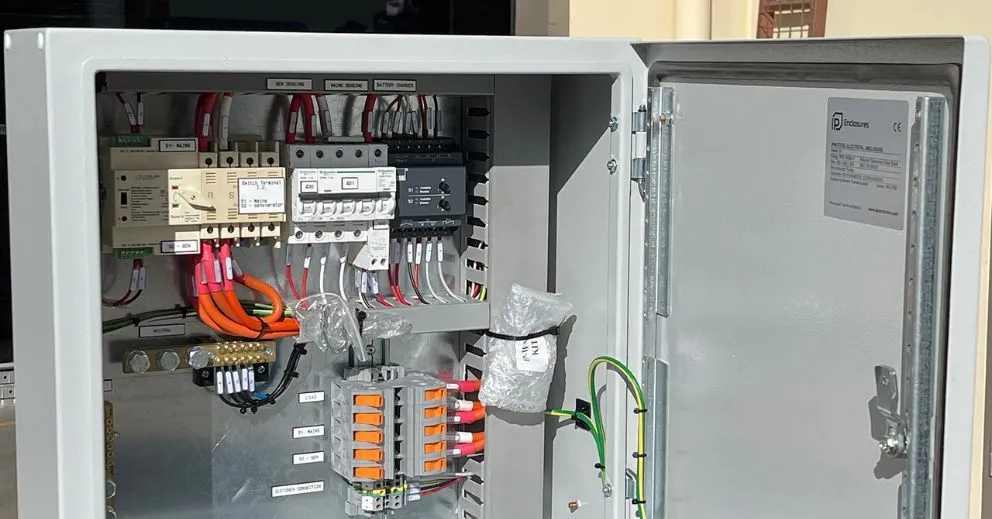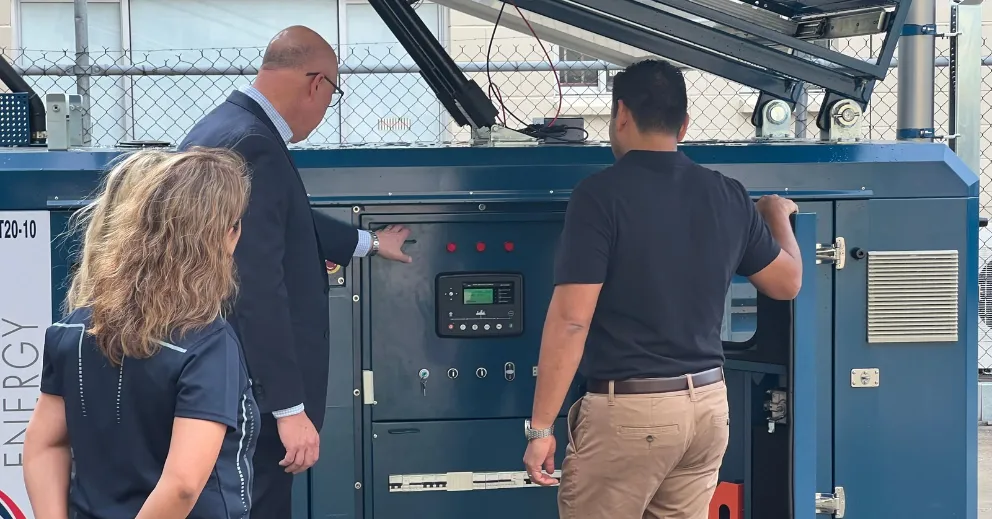Generators are built to be tough and reliable, but like any hardworking machine, they need regular attention to keep performing at their best. A professional generator service not only keeps your equipment running smoothly but also helps catch small issues before they turn into costly problems.
If you’re wondering what exactly happens during a generator service, you’re in the right place. Let’s break it down so you know what to expect and why it’s so important for your generator’s health.
Why Regular Generator Servicing Is So Important
Just like a car, a generator needs routine checks and maintenance to operate safely and efficiently. Here’s why a professional service matters:
- Maximises lifespan: Regular servicing keeps your generator running efficiently for years.
- Prevents unexpected breakdowns: Catching issues early saves you from inconvenient and expensive repairs.
- Ensures reliability: You want your generator ready to go the moment you need it—servicing helps guarantee that.
- Maintains efficiency: A well-maintained generator uses less fuel and provides more consistent power.
Skipping maintenance might save money in the short term, but it can lead to major failures when you least expect it.
What’s Typically Included in a Professional Generator Service
Professional generator servicing covers a wide range of inspections, maintenance tasks, and safety checks. Here’s what you can expect during a standard service:
1. Full Visual Inspection
The technician will inspect the entire generator to look for any obvious signs of wear and tear, leaks, rust, or loose connections. They’ll check the casing, exhaust system, and all visible components to make sure everything is in top condition.
2. Oil and Filter Changes
- Oil Replacement: Old or contaminated oil can cause engine damage. The oil is drained and replaced with fresh, high-quality oil suitable for your generator model.
- Oil Filter Replacement: The oil filter is swapped out to ensure clean oil circulates through the engine, protecting vital parts.
This step is critical for keeping the engine properly lubricated and running smoothly.
3. Fuel System Inspection
- Fuel Filter Replacement: Dirty or clogged fuel filters are replaced to ensure proper fuel flow.
- Fuel Line Inspection: The technician will check for cracks, leaks, or blockages in the fuel lines.
- Fuel Quality Check: For diesel generators, fuel quality is checked to prevent issues like clogging or contamination.
4. Air Filter Cleaning or Replacement
Clean air is essential for proper combustion. The air filter will either be cleaned or replaced depending on its condition, ensuring the engine gets enough airflow to operate efficiently.
5. Battery Inspection and Testing
- Voltage Testing: The battery’s voltage is tested to make sure it can reliably start the generator.
- Terminal Cleaning: Any corrosion on battery terminals is cleaned off to ensure strong electrical connections.
- Battery Replacement Advice: If the battery is nearing the end of its life, the technician will recommend a replacement.
6. Coolant System Check
- Coolant Level Inspection: The coolant is topped up if needed.
- Hose and Radiator Inspection: Technicians check for leaks, blockages, or wear in the radiator and hoses.
- Cooling Fan Check: The fan is inspected to ensure it's operating properly and providing sufficient airflow.
Overheating is a major cause of generator failure, so maintaining the cooling system is vital.
7. Exhaust System Inspection
The exhaust system is checked for leaks, blockages, and any damage. A faulty exhaust not only affects performance but can also pose serious safety risks due to carbon monoxide exposure.
8. Electrical System Testing
- Control Panel Inspection: The generator’s control panel and meters are tested to ensure accurate readings and proper operation.
- Wiring and Connections Check: All electrical connections are inspected for security and signs of wear.
- Load Testing (if applicable): Some services include a load test to ensure the generator can handle its intended power load without issues.
9. General Safety Checks
Safety checks ensure that all components are secure, and that there are no hazards such as fuel leaks, electrical faults, or damaged parts that could cause problems during operation.
10. Service Report and Recommendations
After the service is complete, you’ll receive a detailed report outlining what was checked, what was serviced, and any issues found. If any repairs or replacements are needed, the technician will provide recommendations so you can plan accordingly.
How Often Should a Generator Be Serviced?
As a general rule:
- Residential standby generators: Service at least once a year or after every 200–250 hours of use.
- Commercial or industrial generators: Service more frequently, depending on hours of operation—every 100–150 hours is typical.
Always follow the manufacturer's recommendations for your specific model, and don't wait until something goes wrong before booking a service.
Signs Your Generator Needs a Service Sooner
- Trouble starting
- Strange noises or vibrations
- Warning lights on the control panel
- Smoke or strange smells during operation
- Reduced power output
If you notice any of these issues, it’s best to get your generator inspected right away.
Protect Your Power Supply with Professional Servicing from Jubilee Energy
A professional generator service is the key to keeping your backup power reliable, efficient, and ready when you need it most. Whether you’re powering a home, a business, or a critical facility, regular maintenance is an investment in peace of mind.
Need to book your next service or have questions about keeping your generator in top shape? Contact Jubilee Energy today. Our team of experts is ready to help you with professional servicing, expert advice, and dependable support for all your energy needs.
More insights from us
Discover the latest in power generation technology.





